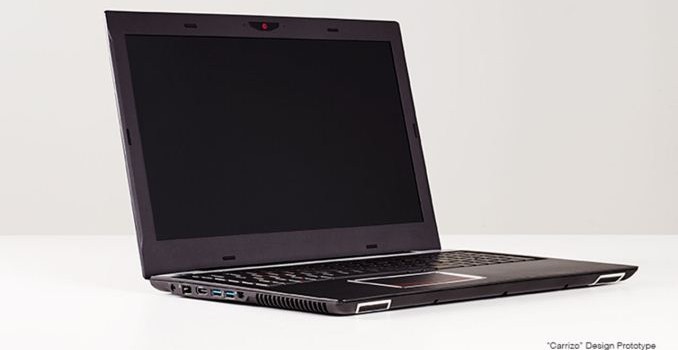AMD’s Carrizo not on the Desktop? Depends What You Define as Desktop
We reported on AMD’s next iteration of their Bulldozer architecture, code named Excavator, during the press release regarding their next processor line up called Carrizo. At the time, the focus for Carrizo (and Carrizo-L) was aimed at notebooks and laptops, with the road-map from AMD on 2015 looking at 15-35W BGA parts in the performance and mainstream. Carrizo-L specifically took Puma+ cores, from the Cat family of cores, down to 10-25W, with Mullins running the ultra-low-power market at 2W. All of these being full SoCs, and soldered down BGA packages. The feeling at the time was that Carrizo would be a mobile focused launch, with the potential for desktop to be examined at a later date as AMD takes pride in owning the desktop integrated graphics title with Kaveri, and AMD would need something to compete against the upcoming Broadwell as well as Skylake in 2015.
However, in our periphery we noted The Tech Report come out and categorically state that ‘Carrizo will face off with Broadwell-U, won’t land in desktops’. The first part of that is definitely true, with Carrizo’s 15W-35W range synchronizing nicely with Broadwell-U’s 15W-28W parts, however the second part of it is somewhat new. Up until this point, AMD had neither confirmed nor denied (in true CIA style) about the future of their desktop landscape, to the point that their desktop roadmap stopped at 2014:
The Tech Report mentions a single line to the claim: ‘AMD has no plans to offer Carrizo as a socketed chip for desktop PCs’. We reached out to AMD for some form of confirmation or explanation as to this line, because it felt kind of odd. With a well-positioned launch, with enough SKUs in enough markets to cater up and down the price range, AMD could re-launch the APU line with the latest architecture updates for the better. We received the following response from AMD’s James Prior:
“With regards to your specific question, we expect Carrizo will be seen in BGA form factor desktops designs from our OEM partners. The Carrizo project was focused on thermally constrained form factors, which is where you’ll see the big differences in performance and other experiences that consumers value.”
There’s no direct denial of socketed Carrizo based parts here, but all arrows point to BGA desktops, such as all-in-ones and mini-PCs (the high-end segment for Broadwell-U). We have seen at least one socketed part, when AMD launched its Carrizo video:
But this was labelled as a pure engineering sample when we saw it at AMD’s suite at CES. So while we can’t confirm the ‘no plans’ part from TR’s quote, Carrizo as a socketed part for desktops is currently not public knowledge as of yet. AMD is in a quiet period right now and not wanting to rock the boat from what is currently on the market by announcing anything on the desktop side. This is despite AMD’s list of features being a prominent slide in their Carrizo slide deck, most of which would be important parts within a desktop environment.
If AMD is planning no further socketed desktop APUs from the base-Bulldozer architecture, we would have to head towards Jim Keller’s team and K12/Zen in 2016 as the next port of call, despite that platform currently being touted more for low power, servers and embedded right now. Part of me wants to believe we won’t have to wait that long, given that Kaveri first appeared in January 2014 at it would mark a two-to-three year gap on the desktop side. Even AMD would have a hard time explaining that one, unless it made financial sense overall.

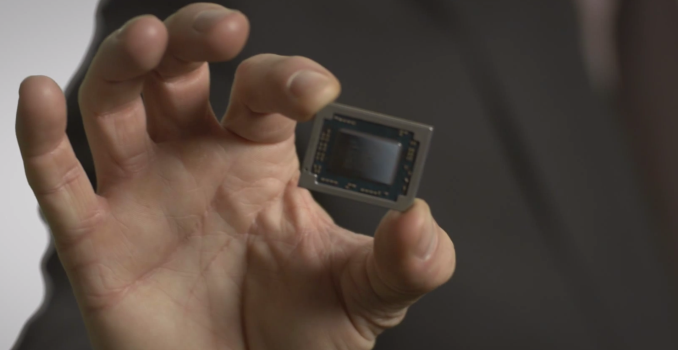
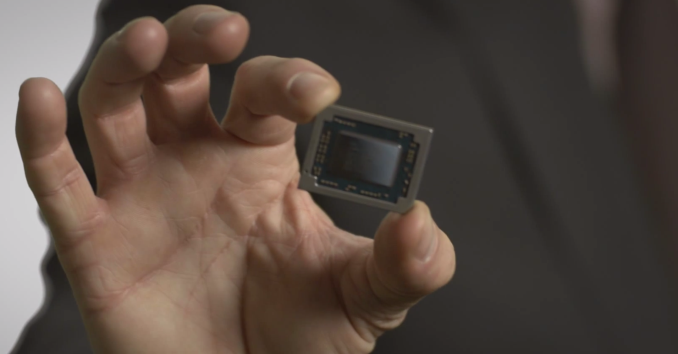
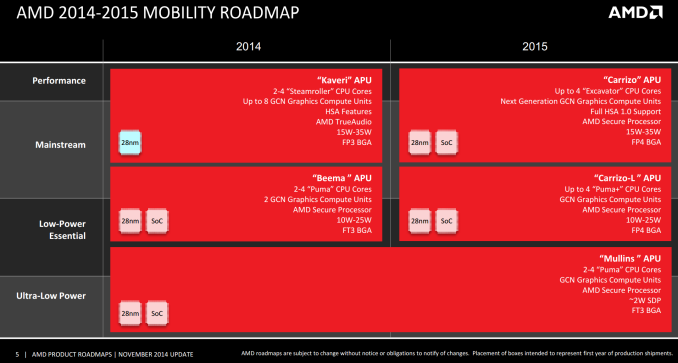
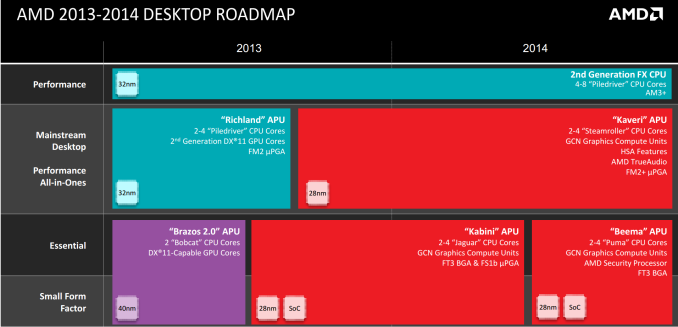
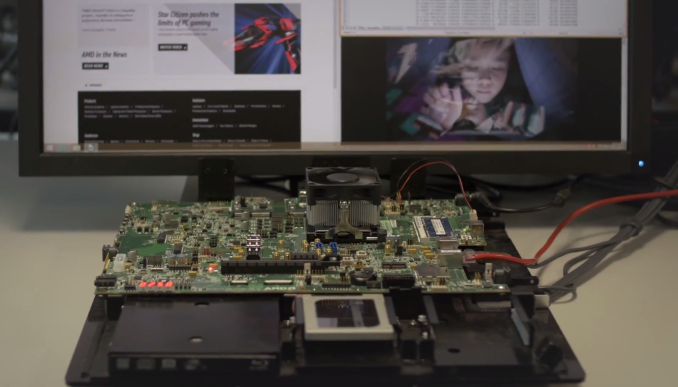

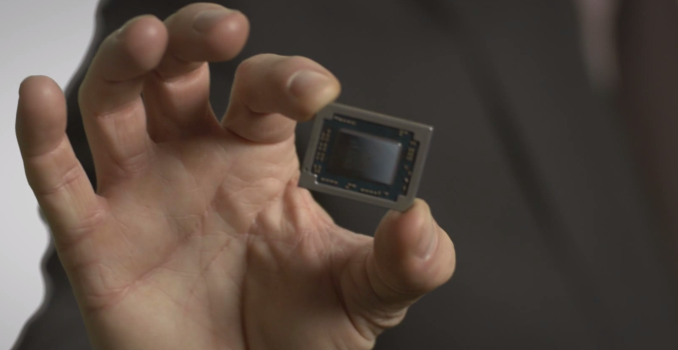
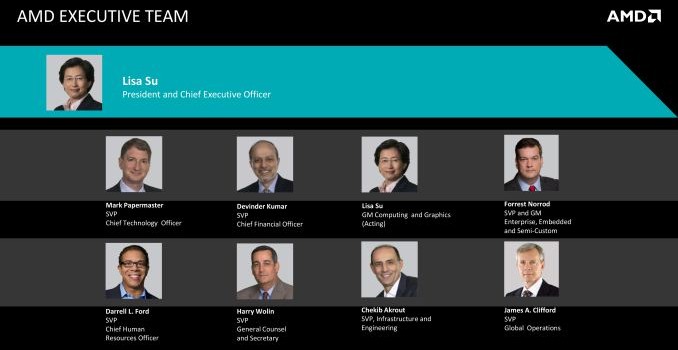
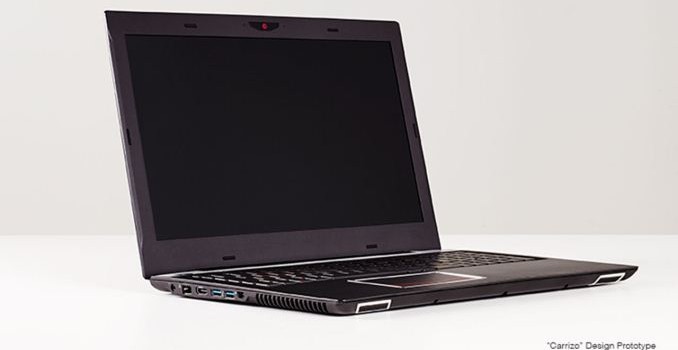
_575px.jpg)
_thumb.jpg)
_thumb.jpg)
_thumb.jpg)
_thumb.jpg)
_thumb.jpg)
_thumb.jpg)
